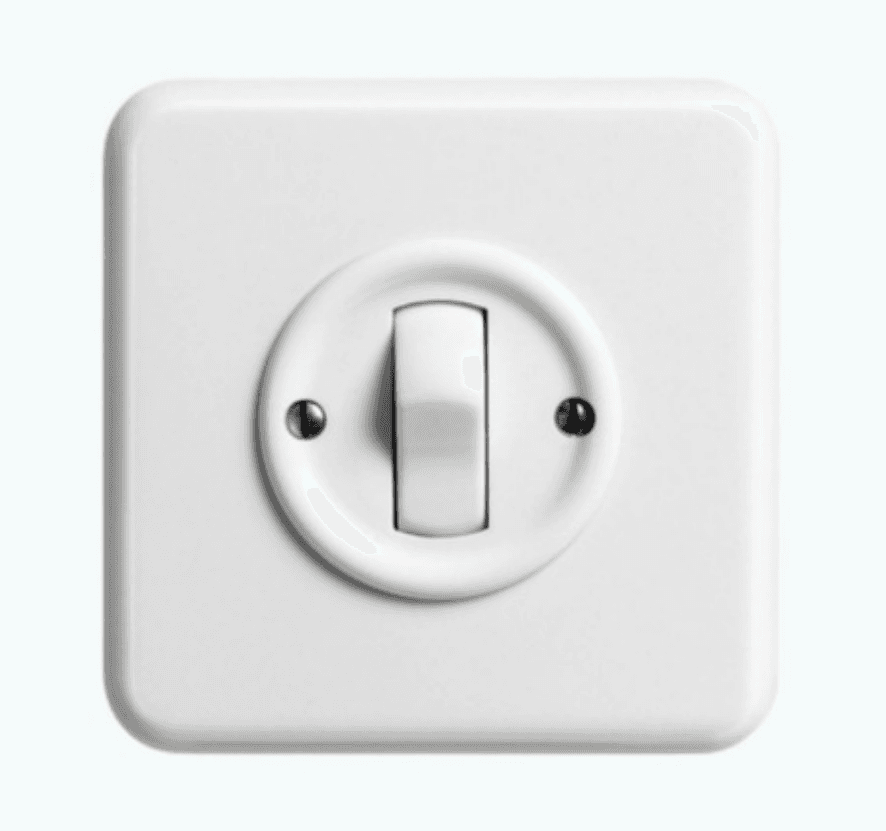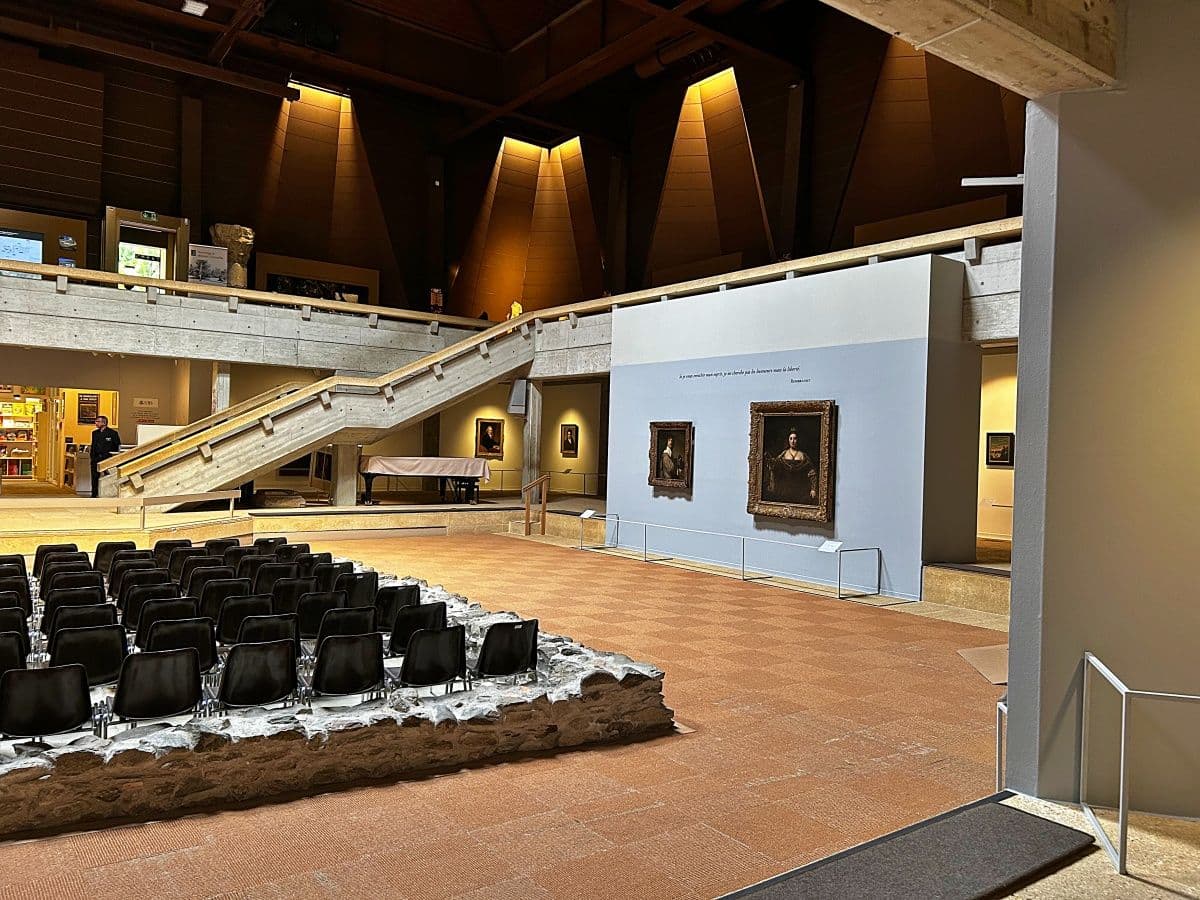Do you ever really think about light switches? Do you look at light switches? Do you notice their form? Probably not. You walk into a room, you flip the switch. You walk out of a room, you flip the switch. What is there to notice? Well, more than you would expect.
A while back, my husband and I renovated a house dating from the 1500s. It was a lot of work, and there were a lot of decisions to make: the flooring, the bathroom tiles, the light fixtures, the door handles. When we got around to choosing the light switches, I was out of steam, out of ideas and I genuinely panicked when faced with all the choices: toggle, rocker, slider, push-button, one-way, two-way, dimmer, smart. And don’t get me started on the cover panels and placement options (inside a room or outside a room, mounted vertically or horizontally). I realized that light switches are country- specific, and vary based on technological, cultural, historical and patent reasons.
In Switzerland, there is one manufacturing company that reigns over the world of light switches. That company is Feller (https://www.feller.ch/de?sc_lang=fr). Feller’s basic light switch, Feller Standard, is hard to describe because it is…well, basic. It is white, squircle-shaped, with a circle in the middle, and a rocker switch in the middle of the circle. It is attached to the wall with two visible screws on either side of the switch. This particular model has been around since 1946 and today is part of the permanent collection of the Museum für Gestaltung in Zurich as well as having been included in many design exhibitions. It even made the cover of the definitive catalogue 100 Years of Swiss Design (https://thelausanneguide.com/100-Years-Swiss-Design-Museum-Fur-Gestaltung-Zurich/9783037784419?ref=grid-view&qid=1617866564703&sr=1-1) (Lars Müller Publishing).
Most Swiss homes have Feller light switches. Go and look. Seriously. You might just have a design icon in EVERY ROOM OF YOUR HOME!
Feller started producing light switches during World War II, when importing products became complicated. After a run with the toggle switch, they produced their first rocker switch under the direction of Otto Leuthold. The designer of the Feller Standard remains unknown. It made Swiss design history in 1949 when Max Bill included it in his exhibition “Die gute Form” (The Good Form), describing it as “perhaps the ultimate form for a light switch”, thus singling it out as a model to be lauded. For those who don’t know of Max Bill, he is a (very) famous Swiss architect, artist, graphic and industrial designer. Associated with the Bauhaus school, a German art school which embodied the credo that less is more, Bill was a key figure in developing and perpetuating the Bauhaus style in Switzerland.
The Feller switch closely adheres to the Bauhaus design principles: the form follows the function. The lines are clean, the function is visible, it is simple and effective. As with many objects from this time, its beauty lies in its simplicity.
So, a word of advice…take notice of your light switches, see if they happen to be design icons and think twice before replacing them. Don’t make the same mistake I did.




